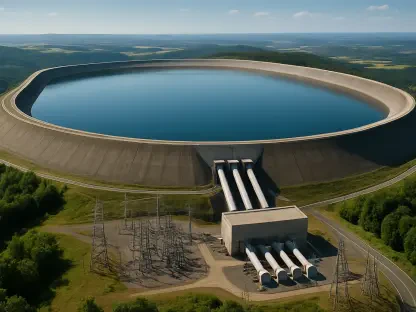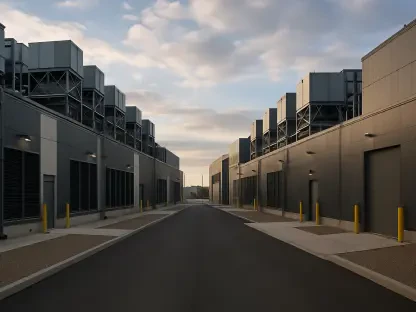As the energy sector grapples with mounting challenges associated with increasing electricity demand and the phasing out of aging power plants, the Midcontinent Independent System Operator (MISO) emerges with a fast-track generation interconnection solution. This proactive approach is essential in navigating capacity shortages across diverse regions in the United States. The analysis here focuses on examining the strategic directions and the projected effects of this plan in shaping the electricity market’s evolution.
Contextual Overview: The Driving Forces Behind MISO’s Strategy
MISO’s role in managing the power grid across 15 states and parts of Canada is pivotal to studying energy supply dynamics. The current push for renewable integration, coupled with Environmental, Social, and Governance (ESG) commitments, demands immediate attention to capacity issues. The Federal Energy Regulatory Commission’s (FERC) rejection of MISO’s initial proposal set the stage for its revised plan, which is now central to ensuring reliable energy access. By introducing specific caps and criteria for project selections, MISO takes a calculated approach to fulfilling the market’s energy requirements.
Detailed Analysis: Unpacking MISO’s Market Approach
Strategic Renewal vs. Operational Risks
MISO’s revised approach caps projects at 68, with scheduled quarterly evaluations to address capacity shortfalls in Illinois, Michigan, and beyond. This strategy introduces specific slots for independent power producers, aiming to control the complexity of interconnection processes. Such structure reflects an attempt to bring systematic clarity amidst otherwise unpredictable market demands. Yet, rapid operational timelines necessitate careful execution to prevent premature innovations that might not withstand market fluctuations. The trade-off lies between implementing expedited solutions and upholding the quality of execution.
Technological and Regional Considerations
The differentiation by states reflects an acknowledgment that localized solutions are necessary to address regional energy variances, thanks to diverse policy requirements and infrastructure standards. Technological advancements such as AI-driven grid monitoring and enhanced storage options are ripe for mitigating disparities in energy distribution. By facilitating quicker integration, these advancements could significantly influence the market’s development trajectory toward hybrid and distributed grid systems, promising variables in MISO’s operational calculus.
Stakeholder Impact and Regulatory Dynamics
Beyond systems innovation, there’s an imperative to balance stakeholder expectations with strategic urgency. The push for reduced comment periods—proposed from 21 days to 10 days—invoked notable opposition from key players within the energy consortium. The lack of comprehensive engagement with stakeholders raises concerns about inclusivity and transparency, essential for informed and sustainable framework development. As MISO drives forward, the interplay between regulatory guidance and stakeholder cooperation could influence future reforms focused on open dialogues.
Reflection and Strategic Insights
The assessment of MISO’s plan reveals the multifaceted nature of the energy sector’s challenges and the intricate pathways being pursued to address them. While offering a pragmatic approach to immediate capacity shortages, the implications for regulatory practices, stakeholder engagement, and technology adaptation loom large.
Critically, companies must strategize by embracing flexible planning approaches, prioritizing collaborative models for large-scale projects, and investing in customer-focused solutions to anticipate emergent issues. For the sector, fostering continuous dialogue between stakeholders, utilities, and regulatory bodies was identified as a step toward reinforcing transparency and aligning shared objectives.
With the landscape set to undergo continued transformation, leveraging this analysis could inform policy adjustments and future energy crisis management strategies, emphasizing measured progression toward a reliable energy future.









